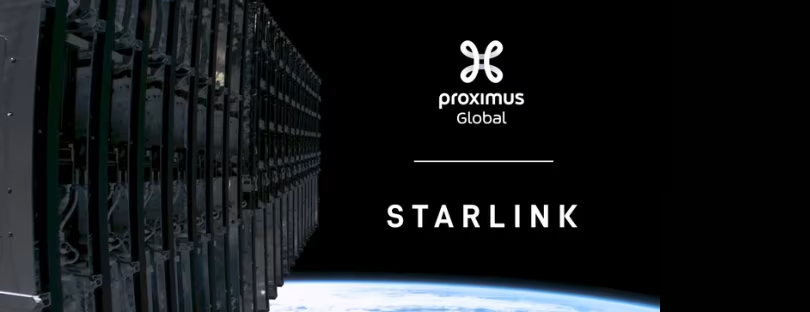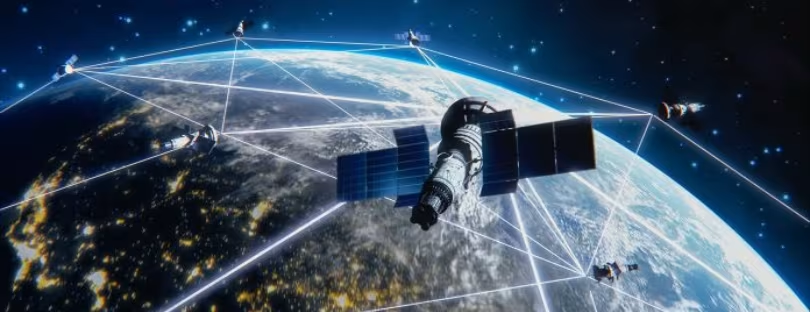
Satellite Phones Go Mainstream
Remember the frustration of dropped calls in the middle of nowhere? Or the sinking feeling of a “no service” notification during a crucial phone call? Well, fret no more! The world of mobile communication is undergoing a seismic shift, and the future looks bright – and connected – thanks to the exciting convergence of mobile networks and satellite services. Satellite Phones Mobile Connectivity
Imagine a world where reliable connectivity blankets the entire globe, no matter how remote or challenging the terrain. Picture yourself scaling a majestic mountain peak, yet still sending a reassuring text message to your loved ones. Envision sailing across a vast ocean, yet staying connected to the world through basic internet access. This is not the realm of science fiction, but the very near future we’re hurtling towards. We’re about to embark on a captivating journey into the world of satellite phones for the everyday user. Satellite Phones Mobile Connectivity
A Global Shift: Mobile Meets Satellite
Forget niche solutions – satellite connectivity is becoming the norm! A recent report from GSMA Intelligence reveals a staggering fact: a whopping 91 telecom operators worldwide have partnered with satellite providers. This translates to roughly 60% of the global mobile subscriber base potentially having access to satellite coverage. While these services are still in their nascent stages, the direction is clear: telcos are embracing satellite technology as a way to expand their networks and tap into new revenue streams.
Beyond the Signal Bars: Filling the Coverage Gaps
The beauty of satellite connectivity lies in its ability to reach areas terrestrial networks can’t. From remote mountains to vast oceans, satellite technology bridges the gap, offering connectivity in places where dropped calls are a regular occurrence. The report estimates that 80-90% of these partnerships target remote area coverage. However, that’s not all. Maritime users and emergency response during natural disasters are also potential beneficiaries of this exciting development.
Direct-to-Cell: The Game Changer
The past two years have witnessed a surge in “direct-to-cell” advancements. This innovation hinges on updates to the 3GPP 5G radio specifications, which now include compatibility with non-terrestrial networks (NTN). Here’s the magic: this integration unlocks the potential for a vast array of devices, from smartphones to IoT sensors, to connect directly to satellites. Talk about a game-changer!
The Big Players Join the Party
The US market is a prime example of this mobile-satellite marriage. All major carriers – Verizon, AT&T, and T-Mobile – have joined forces with satellite providers. Verizon and AT&T have partnered with AST SpaceMobile, while T-Mobile has teamed up with SpaceX’s Starlink. This trend extends beyond the US, with companies like Starlink (17 agreements), AST SpaceMobile (24 agreements), and Lynk Global (15 agreements) forging partnerships globally.
A Phased Rollout: From Texts to Data
Don’t expect everything to change overnight. Most services are likely to implement a phased rollout strategy. Initially, features like SMS text messages and voice calls will take center stage. As satellite capacity expands, data connectivity will gradually become a reality. Interestingly, the report suggests that Asia leads the pack in terms of the number of supplier contracts, although representation is strong across the globe.
Starlink Takes the Lead: A Constellation of Connectivity
When it comes to satellite constellations and coverage, Starlink stands tall with a whopping 6,000 satellites in orbit. However, it’s important to note that only recently launched satellites offer direct-to-cell capabilities. Other players like Eutelsat OneWeb (650 satellites) and Project Kuiper (2 test satellites) are also making strides in this space. China, with its ambitious China Satellite Network Group and plans to launch over 12,000 satellites, presents an intriguing wildcard. However, the report cautions about direct comparisons due to potential government support involved and China’s focus on its domestic market.
The Future of Connectivity: Seamless and Ubiquitous
The overarching message from the GSMA report is clear: satellite connectivity is poised to become an integral part of mobile communications. Whether it’s included in existing service plans or offered as an add-on remains to be seen. One thing’s for sure – the days of being disconnected in remote areas are numbered.
So, what does this mean for you?
The potential is vast. Imagine staying connected with loved ones during a hiking trip, ensuring communication during emergencies, or even enjoying basic internet access on a transatlantic flight. The possibilities are truly endless. With satellite technology becoming more accessible and affordable, we’re on the cusp of a revolution in mobile connectivity. Get ready to experience seamless and ubiquitous communication, no matter where your adventures take you! Satellite Phones Mobile Connectivity










